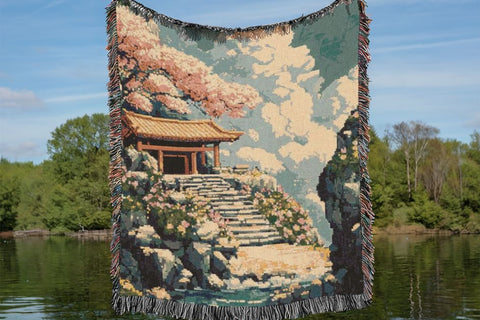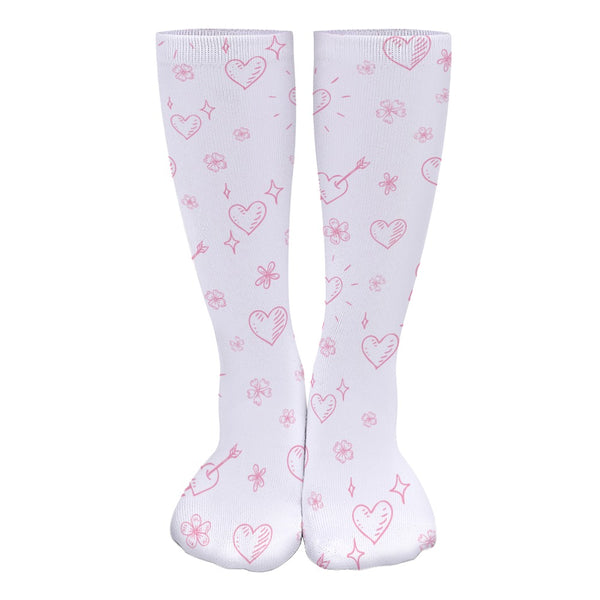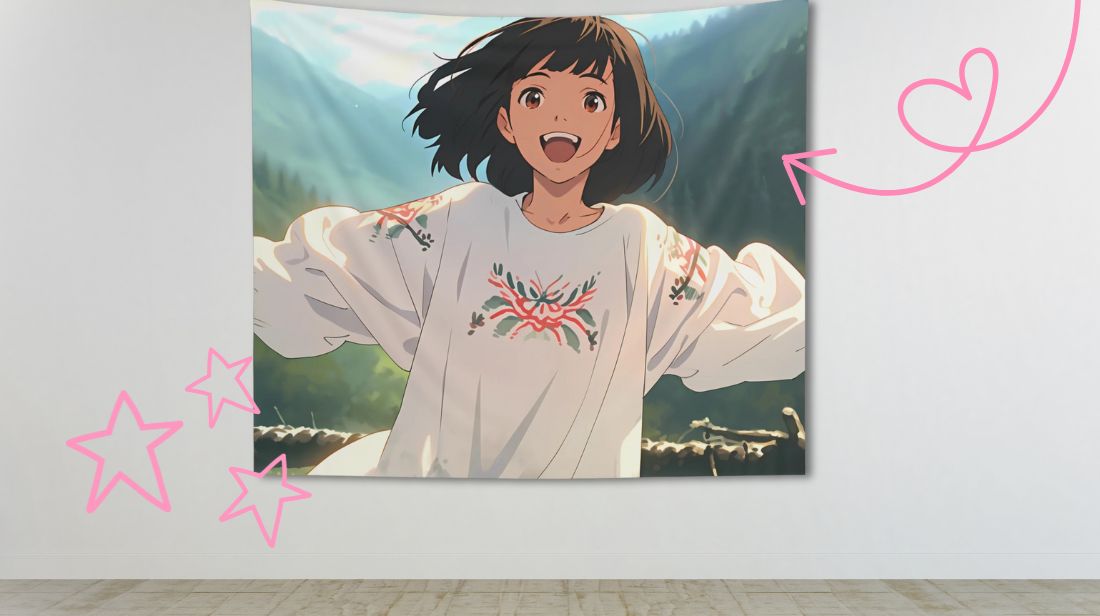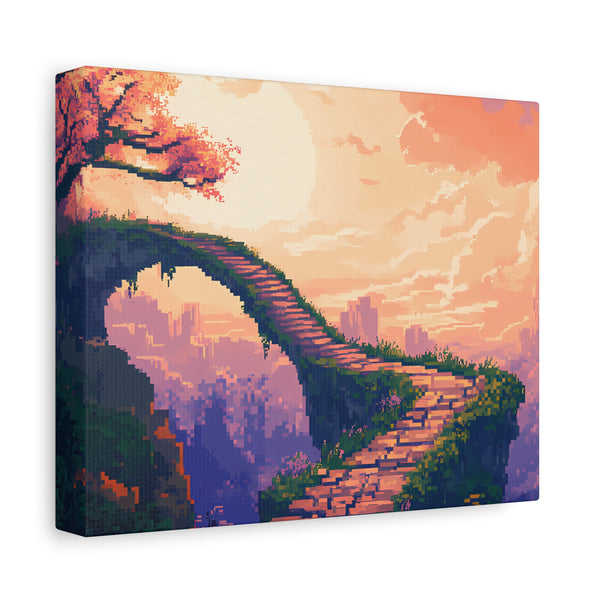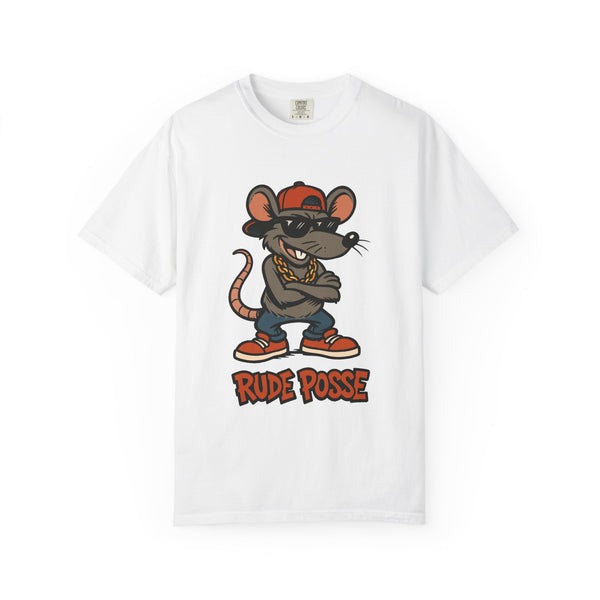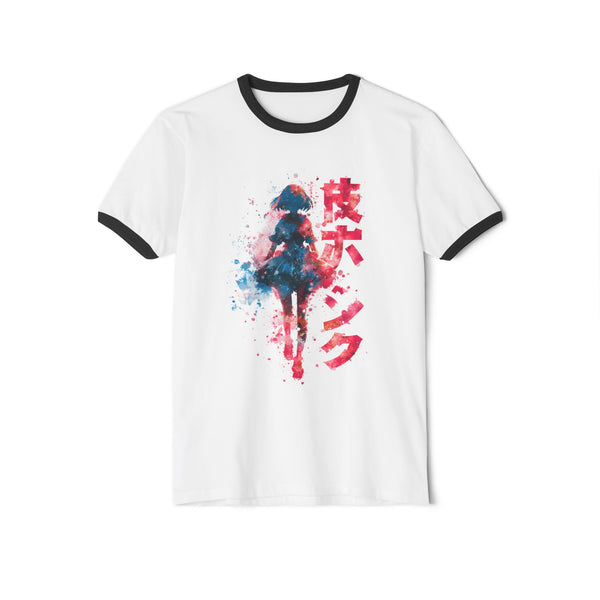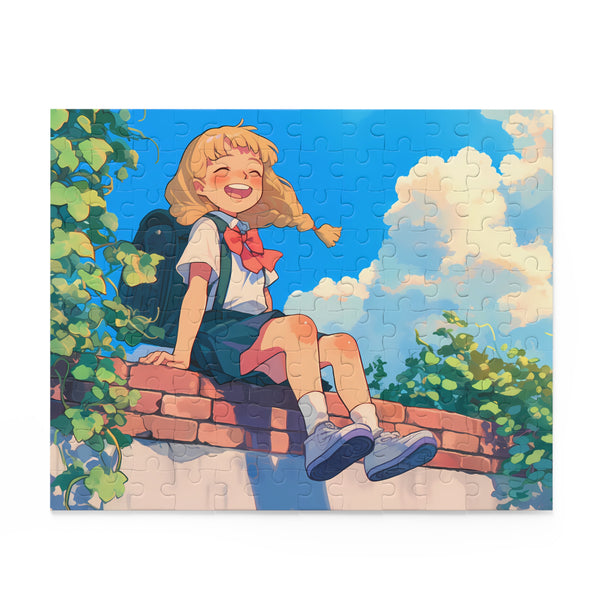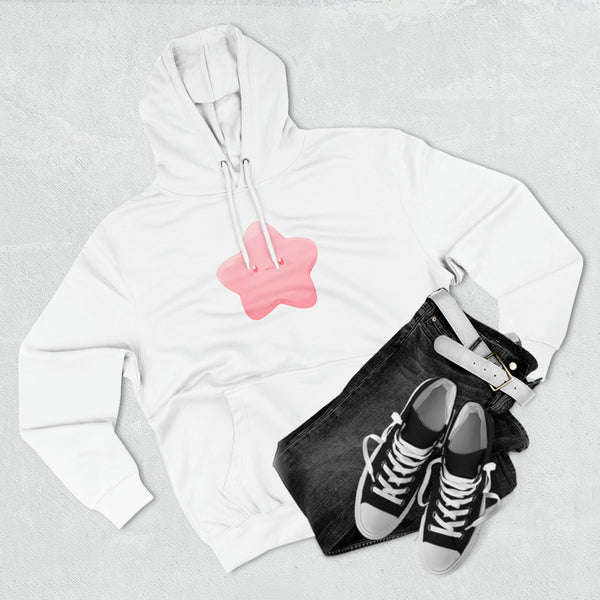A tapestry can instantly transform a room, adding texture, color, and personality to your space. But figuring out the best way to hang a wall tapestry can feel daunting, especially if you want to avoid damaging your walls.
Below, we’ll go over every method in detail, answering common wall tapestry hanging questions offering practical solutions for renters, homeowners, and decorators alike.
Traditional Methods: Hanging with Nails, Hooks, or Rods
The most common (and some would say best) way to hang a tapestry is by using nails, tacks, or hooks. This method is sturdy and works especially well for larger or heavier pieces.
-
Nails or Tacks: Simply pin the corners of your tapestry to the wall. This method is easy but can sometimes cause sagging if the tapestry is heavy.
-
Hooks or Curtain Rods: Many tapestries come with loops or rod pockets. A curtain rod mounted on the wall can create a polished look, keeping the fabric taut and even. This is a great option for statement pieces in living rooms or bedrooms.
-
Velcro Strips with a Rod: For large, heavy tapestries, attach one side of Velcro to the wall and the other to a rod sleeve on the tapestry. This distributes weight evenly.
This method requires putting small holes in the wall, which is fine for homeowners but may not be ideal for renters.
Using Command Strips to Hang a Tapestry
You can use Command strips to hang a tapestry, especially if it’s lightweight. Command strips are adhesive-backed fasteners designed to hold objects without leaving residue or damaging the wall.
-
How to Use Them: Stick one side to the wall and the other to the tapestry corners.
-
Best for: Lightweight cotton, polyester, or thin fabric tapestries.
-
Limitations: They may not hold very heavy fabrics or thick woven textiles. Also, textured or rough walls may reduce adhesion.
For added security, use multiple strips across the top edge instead of just the corners.
How to Attach Fabric Art to a Wall
Fabric art, like quilts, banners, or woven pieces, can be displayed similarly to tapestries:
-
Sew a Sleeve: Add a fabric pocket along the back edge and slide a dowel or rod through it.
-
Use Clips: Curtain clips or binder clips can hold fabric without sewing.
- Velcro Mounting: Velcro strips make it easy to remove or adjust fabric pieces.
This allows fabric to hang smoothly without being punctured by nails.
How to Hang a Tapestry Without Putting Holes in the Wall
If you’re a renter, dorm resident, or just don’t want to damage your walls, there are several no-hole options:
-
Command Strips or Hooks: Lightweight and easy to remove.
-
Tension Rods: If hanging between two walls or inside a window alcove, a spring-loaded tension rod works perfectly.
-
Poster Putty: Good for very lightweight fabrics, but may not last long-term.
-
Velcro Adhesive Strips: Stronger than poster putty and more stable.
These methods keep walls intact while still showcasing your tapestry.
What Is the Best Way to Adhere Fabric to Walls?
If your goal is to cover the wall with fabric (for example, as an accent wall), you’ll want to ensure the fabric is smooth and secure:
-
Liquid Starch Method: Brush liquid starch on the wall, apply fabric, and smooth it out. When dry, the fabric sticks like wallpaper but can be peeled off without damage.
-
Double-Sided Tape or Velcro: Great for temporary setups.
-
Staple Gun (for Permanent Installations): Works best for large fabric wall coverings in studios or basements, though it will leave small holes.
How Are Tapestries Hung Up in Galleries or Museums?
In professional settings, tapestries are often hung using sewn sleeves and rods or mounting systems designed to preserve the textile.
These systems distribute weight evenly, preventing stretching or fabric damage. For home use, you can replicate this with a curtain rod or wooden dowel. If you have the ability and are looking for a more permanent hanging solution, this is one of the best ways to hang a wall tapestry hands down.
Extra Tips for Success
-
Iron or Steam First: Wrinkles can ruin the effect. Always smooth out your tapestry before hanging.
-
Consider Lighting: Hanging near a light source can bring out details in the weave.
-
Frame It: For smaller fabric art or decorative cloths, consider stretching them over a wooden frame or using a shadow box.
-
Weight Distribution Matters: Large tapestries should be supported along the entire top edge, not just the corners, to prevent sagging.
Hanging Wall Tapestries Made Easy
The best way to hang a tapestry depends on your goals, wall type, and whether you want a permanent or temporary solution.
-
For permanent, polished displays, rods, nails, and sleeves are best.
-
For temporary, renter-friendly solutions, Command strips, Velcro, or liquid starch work well.
-
For large fabric wall coverings, try the liquid starch or staple gun method.
With the right approach, you can turn your tapestry into a stunning focal point without damaging your walls or the fabric itself.
Choosing the Right Hanging Location and Matching the Tapestry Theme
Where you hang your tapestry matters just as much as how you hang it. The placement should enhance the atmosphere of the room while making the tapestry itself a centerpiece. Think about both the function of the room and the style of the tapestry to achieve the best effect.
-
Living Rooms: Large walls above the sofa or behind a main seating area are perfect for bold tapestries that set the mood of the entire space.
-
Bedrooms: Tapestries look stunning above the bed as a headboard alternative or across from the bed to create a relaxing focal point.
-
Workspaces & Studios: Smaller, detailed designs hung behind desks or in creative corners can provide inspiration without overwhelming the room.
-
Dorms & Apartments: A tapestry can double as both wall art and a way to cover bland walls, giving your space personality without permanent changes.
When choosing the style of tapestry, consider how its theme interacts with your room’s vibe:
-
Anime Tapestries: These bring energy, nostalgia, and character-driven storytelling into your space. Perfect for personal bedrooms, gaming setups, or studios, anime designs showcase your passion and make the room feel vibrant and expressive.
-
Fantasy Tapestries: Featuring mystical landscapes, castles, or otherworldly beings, fantasy styles work beautifully in cozy dens, reading nooks, or creative spaces where imagination is meant to flow. They create a sense of depth and wonder.
-
Minimalist Tapestries: Clean lines, muted colors, and geometric shapes suit modern living rooms, offices, or spaces with sleek furniture. Minimalist designs offer elegance while keeping the atmosphere uncluttered.
-
Pixel Art Tapestries: Fun and nostalgic, these work especially well in gaming rooms, dorms, or tech-inspired spaces. They add a playful and digital edge, often sparking conversation.
-
Girly Tapestries: Soft pastel palettes, cute motifs, and dreamy illustrations are perfect for bedrooms, vanity areas, or creative studios. They bring warmth, comfort, and charm, making the space feel inviting and personal.
Ultimately, the tapestry you choose should echo the personality of the room and highlight what you want the space to represent, whether it’s a retreat for relaxation, a hub for creativity, or a lively gathering spot!

